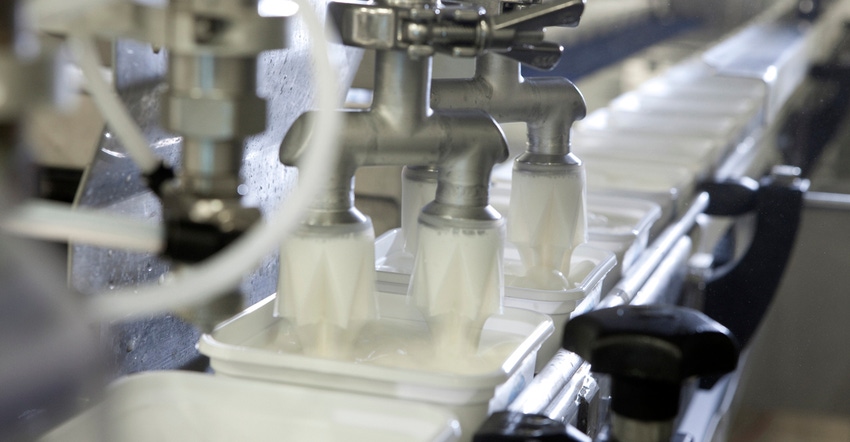
In spring 2020, when supply chains were breaking and images of milk being dumped curdled stomachs, dairy farmers kept about their business, tending their cows.
The dairy promotion groups reacted quickly and redirected, moving milk in other ways than anticipated, said DMI chairwoman Marilyn Hershey on a recent conference call.
"Partnerships and relationships were critical," she said. "Our partnership and relationship with Feeding America and food service partners -there were some that were current and there were some that were new - were instrumental for us in moving dairy products."
Sales
Those relationships were among the reasons domestic and export sales through Sept. 1 were up 1.2%, said Tom Gallagher, DMI CEO. Exports were up 15.1% for the year, while the domestic side was off 1% through September.
This year is on pace to be a record year for dairy export volume, according to the U.S. Dairy Export Council. Data from the first 10 months of the year suggest more than 2 million tons of milk solids will be sold this year – an industry first.
"When year-end export data is tallied by the government in the coming weeks, we project it will show that the milk from one out of six tankers leaving American farms ends up in U.S. dairy products and ingredients sold in other countries," USDEC said in a statement.
On the domestic front, Gallagher said if cheese sales continue strong, sales will end the year on a positive note. He credits four reasons for strong dairy product movement during COVID-19:
Funding for contactless delivery research, which was first tested with Domino's, and overall work with pizza. Pizza sales have skyrocketed during the pandemic. In July, Domino's reported that its same-store sales increased by 16% in the second quarter, according to Fortune magazine.
Working with food service, which continues to introduce new products during the pandemic.
GenYouth and its work in schools. GenYouth has collected $17 million from non-dairy sources to keep school feeding programs going even when students weren't in school.
Work that state and regionals did with hunger organizations. Excess product was diverted to feeding people.
Social responsibility
One unexpected aspect of COVID-19 was a greater emphasis on social responsibility and environmental stewardship, said Barb O'Brien, DMI president. Consumers want more than taste from a product, they want their consumption to have a positive impact, she said.
According to research conducted by Kearney Consulting in April:
50% of consumers say COVID-19 has made them more aware of the environment; and
58% of Americans believe we should respond to climate change with the same urgency as we have responded to COVID-19.
A number of companies have responded and are committed to lessening their carbon footprint.
"We're seeing more and more companies . . . looking for ways to work with farmers to identify solutions versus some of what we have seen previously in terms of top-down approaches and absolutes," O'Brien said.
Companies are also putting money behind dairy farmers' efforts, realizing that environmental efforts need to make economic sense, she said.
The dairy industry unveiled its Net Zero Initiative earlier this year. It's an industry-wide effort to help the U.S. dairy industry continue to make progress toward greenhouse gas emission reductions and improvements in sustainable practices.
"The U.S. dairy industry has the best sustainability story in the world to tell and we're telling it," Gallagher said.
About the Author(s)
You May Also Like




